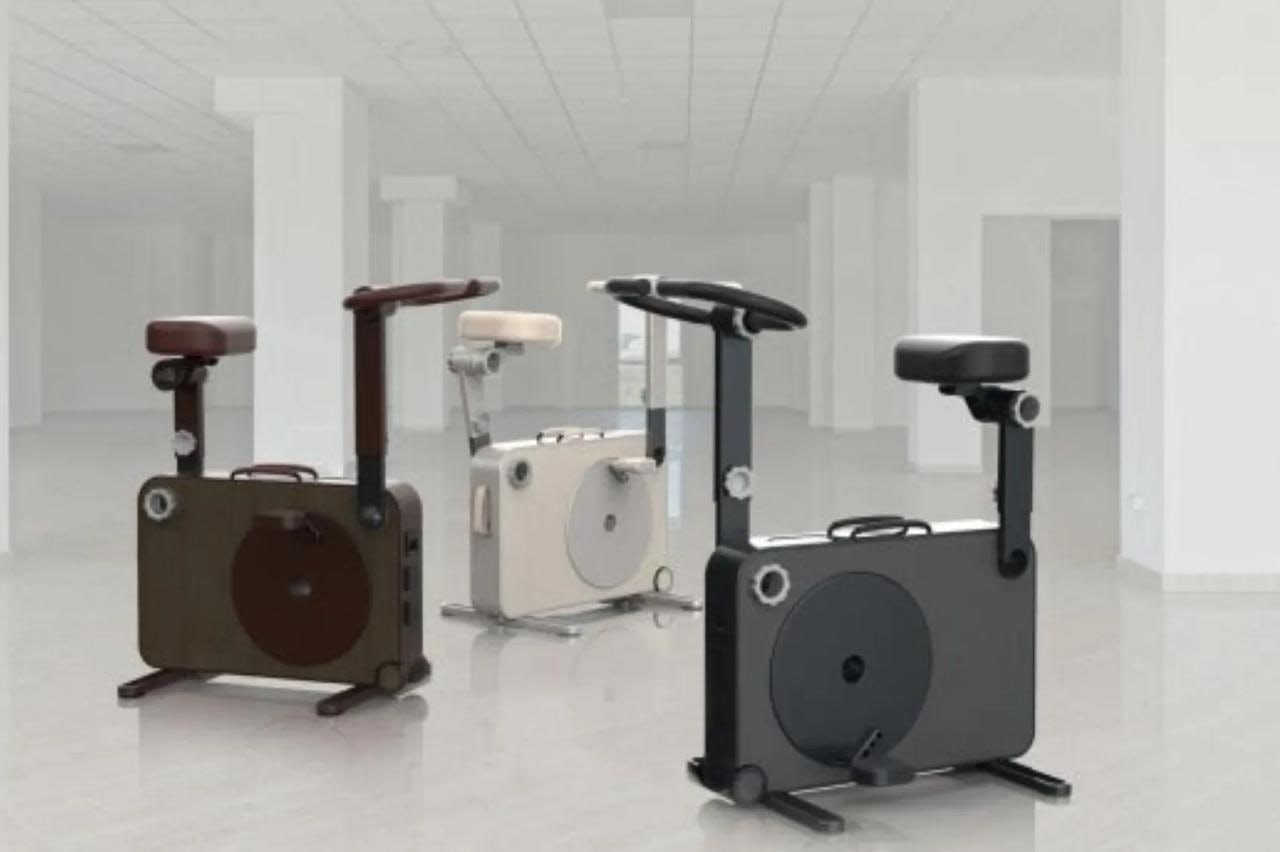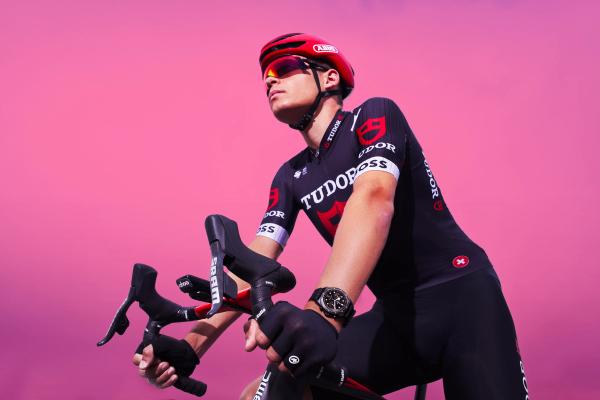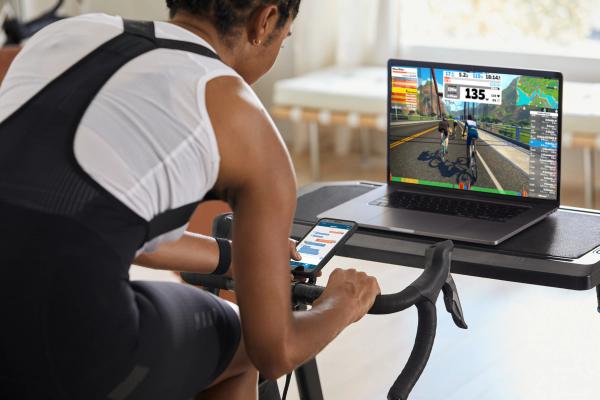Pedal power: The exercise bike that can charge your phone and run your fridge
Now you can store your watts in this new 'power station' indoor trainer from sustainable energy company Tukas EV
James Howell-Jones
Junior Writer
© Tukas EV
The HR Bank is available in a number of colours and configurations
The newly released 'HR Bank' from Lithuanian sustainable energy company Tukas EV is an indoor bike that converts the energy you use spinning the pedals into electrical power. Of all the new indoor training tech we've seen recently, this is the only one that can put your watts to work.
Once there's some charge in the 2kW battery, you can use the HR Bank to directly charge electrical appliances. The device has multiple outputs, including USB-C, USB-A, and two AC outputs.
Read more: Essential turbo training equipment: Everything you need to start training indoors
According to Tukas EV, the 2kW, 750Wh battery is enough to:
- Power a fridge for three days
- Wash clothes five times
- Keep a light on for a week
- Watch TV for two days straight
- Power 123 smartphones
The speed at which it charges depends on how fast you pedal, but the brand says the device "can generate from 50 to 300W/h of electricity by pedalling". A keen cyclist, then, should be able to take the HR Bank from empty to full in less than seven hours.
Read more: How to calculate your FTP
Two hours of pedalling, meanwhile, is enough to bake a pie, according to Tukas EV.
The brand also claims: "Fifteen minutes of pedalling is enough to fully charge a smartphone, while one hour of physical exercise fully charges a laptop."
Read more: How to get started indoor training
The company's CEO Jonas Navickas says that the main aim of the HR Bank is to help create a greener planet.
“Humans waste countless amounts of energy, while natural resources are extremely limited.
"The idea was that a person who bought an HR bank could not only use it as an external battery, charged from the sun or the grid, but in the absence of an external power source, could generate energy while pedalling. Not only does exercising take care of one's health, but it is also a step towards a more sustainable future.”
He also said the team developed the product to help people become less reliant on the grid. The brand point out that the HR Bank can be used when a consistent electrical supply is needed, such as for powering medical equipment when the grid is unreliable.
Navickas said the sight of people desperate for power in Ukraine influenced the design process.
“When the war in Ukraine started, I was shocked by the sight of people with many extension cords trying to get electricity from one power generator to charge their phones.
“We also thought about unpredictable natural disasters that leave people without electrical power for days or even months. Consequently, the idea of HR Bank was born.”
Is it economical?
It's a neat idea, but at €2,964 for the cheapest configuration, it'll take an awful lot of pedalling before you pay it off.
In fact, with a kWh costing on average 28.3¢ in Europe, you'd need to generate over 10,000kWh for this device to pay for itself, which would take over 13,000 charge cycles.
Assuming you're producing 300W/h, the top-end of the range estimated by Tukas EV, that would take about 88,000 hours – if our napkin maths serve us correctly, that means it would take around 10 years of constant pedalling to make this better value than mains electricity.
That seems a little unrealistic, especially in its current form. Find a way to hook it up to Zwift, then we'll talk.
If you have a HR Bank and need some training sessions, see our library of indoor training sessions.









.jpg?w=600&auto=format)


